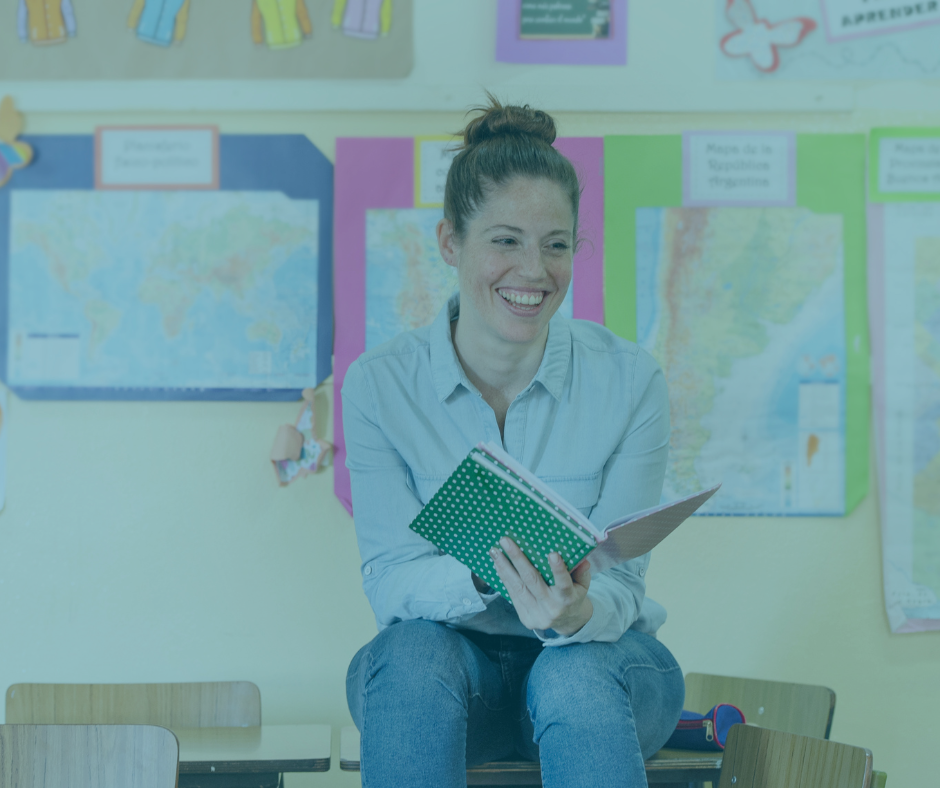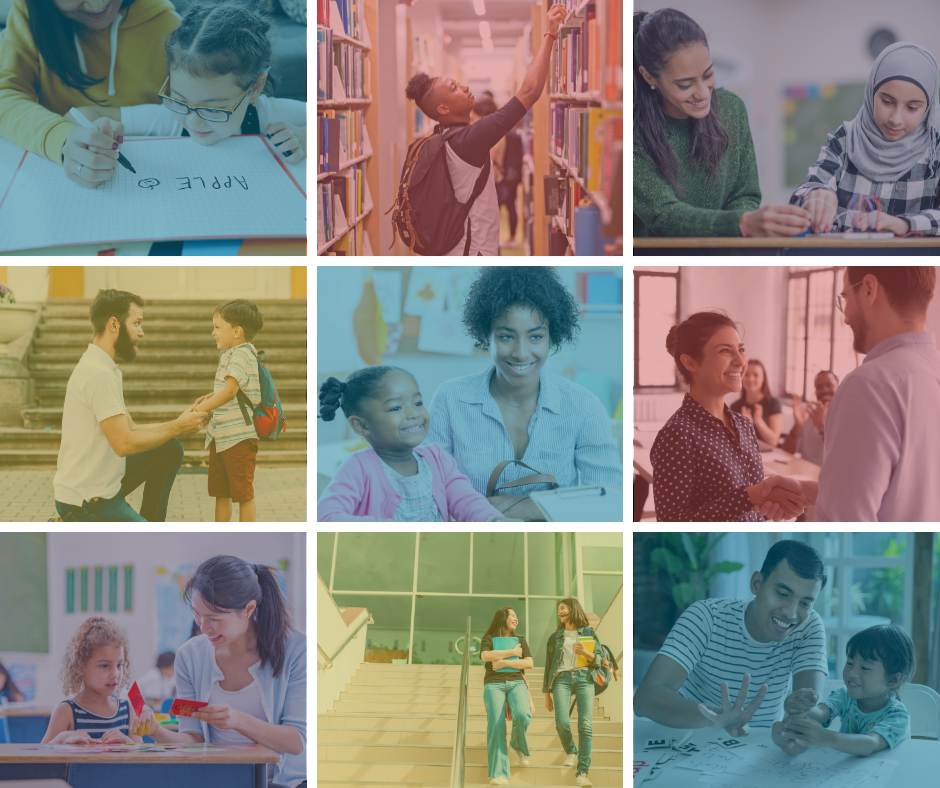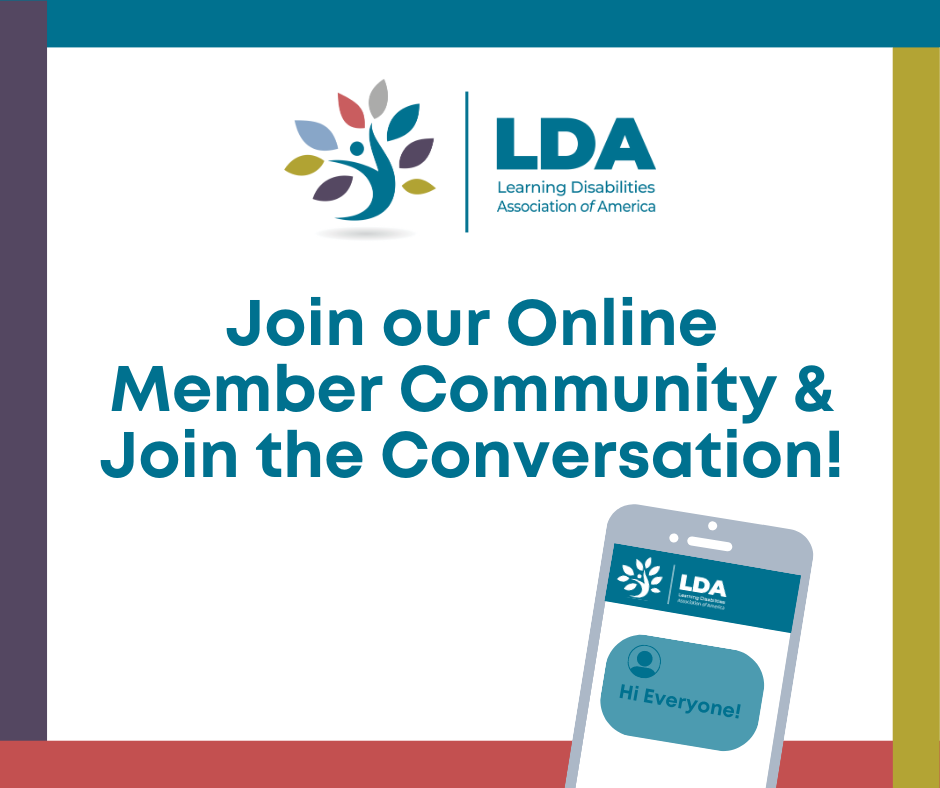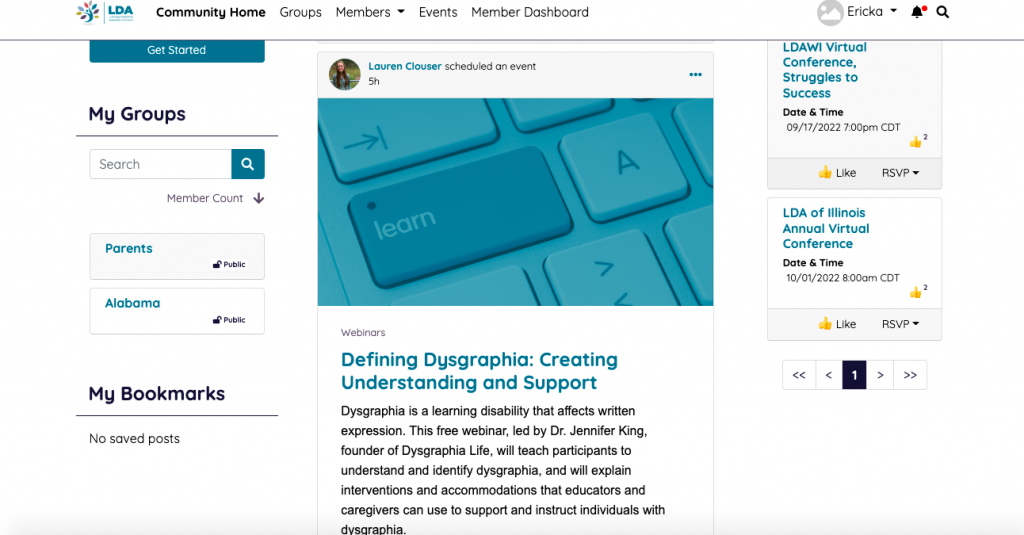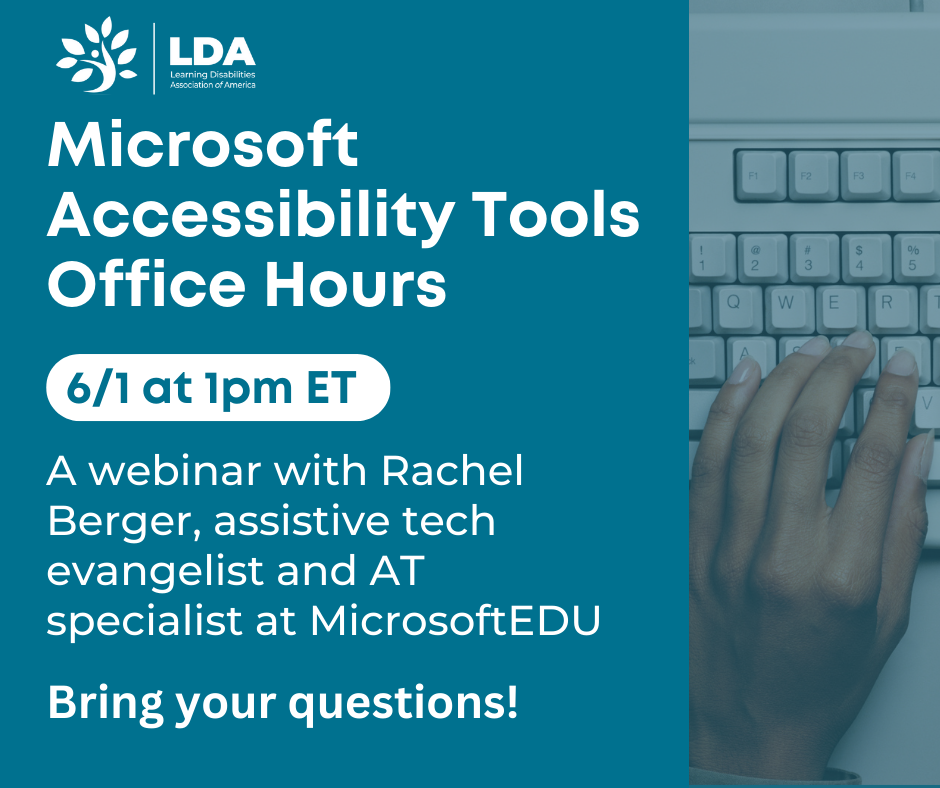Reading is the single most important educational skill your students will learn. Understanding the organization and meaning of text and instruction in both phonics and literature is essential to helping young children read. By understanding the prerequisite skills for reading, teachers can build a solid foundation for their students to learn and succeed in school. Here are some ways to create appreciation of the written word, develop awareness of printed language, teach the alphabet, develop phonological and phonemic awareness, teach the relation of sounds and letters, teach children how to sound out words and to spell words, and help children develop fluent, reflective reading.

Create Appreciation of the Written Word
- Share stories with children and invite them to explore a story’s magic.
- Share informational texts and invite children to wonder about the new ideas presented.
- Take every opportunity to point out the ways in which reading is essential to the communications of everyday life (e.g., on labels, instructions, and signs).
Develop Awareness of Printed Language and the Writing System
- Make sure students know how books are organized. They should be taught the basics about books–that they are read from left to right and top to bottom, that print may be accompanied by pictures or graphics, that the pages are numbered, and that the purpose of reading is to gain meaning from the text and understand ideas that words convey.
- Read to children from books with easy-to-read large print. Use stories that have predictable words in the text.
- Use “big books” to help children notice and learn to recognize words that occur frequently, such as a, the, is, was, and you.
- Label objects in your classroom.
Teach the Alphabet
- A strong predictor of the ease with which a child learns to read is his or her familiarity with letters of the alphabet. This familiarity is a critical building block for learning to read.
- It is important to go beyond knowing the names of letters. Students must also develop a sense of the purpose of letters.
- Help them notice the letters in the print that surrounds them and that you share with them every day.
- Engage the students in activities that will help them learn to recognize letters visually.
- Help students learn to form the letters and encourage them to embellish their work with their names and with other first attempts at writing.
Develop the Students’ Phonological Awareness
- In listening and speaking, we pay attention to the meaning of language rather than to its sound. To learn to read, however, students must be taught to attend to the sounds, or phonology, of language. This is necessary for them to understand how speech is represented by print. Children with learning disabilities need special help in learning to develop such phonological awareness.
- Model and demonstrate how to break short sentences into individual words. For example, use the sentence “Frogs eat bugs,” and demonstrate with chips, cards, or other manipulatives how the sentence is made up of three words and how the order of the words matters. Using manipulatives to make sentences, play with each word and put it in order.
- Develop students’ awareness of the sounds of individual words by asking them to clap out syllables and to listen for and generate rhymes.
- Once children are comfortable in playing games with words, syllables, and rhymes, move onto phonemic awareness.
Develop Phonemic Awareness
- Phonemic awareness refers to an understanding that words and syllables are comprised of a sequence of elementary speech sounds. This understanding is essential to learning to read an alphabetic language. The majority of children with reading disabilities fail to grasp this idea.
- In teaching phonemic awareness, the focus of all activities should be on the sounds of words, not on letters or spellings.
- Use strategies that make phonemes prominent in children’s attention and perception. For example, model specific sounds, such as /s/ in the word sat, and ask children to produce each sound in isolation and in many different words until they are comfortable with the sound and understand its nature.
- Begin with simple words and simple challenges, e.g., listen for initial /s/ in sat, sit, sip, and sad . . . or for long /e/ in me, see, bee . . . .
- Teach students to blend phonemes into words. Begin by identifying just one phoneme, e.g., /m/-ilk, /s/-at, working gradually toward blending all the phonemes in words, e.g., /s/-/a/-/t/.
- Teach students to identify the separate phonemes within words, e.g., what is the first sound of soup? What is the last sound of kiss? Beginning phonemes are easier to identify than final phonemes.
- Once students are comfortable listening for individual phonemes, teach them to break up words, into component sounds, e.g., /m/-/oo/-/s/= “moose”.
- Create a sequence of segmenting and blending activities to help students develop an understanding of the relationship between sounds in words.
- Provide children with more support when first teaching a task. For example, model a sound or strategy for making the sound, and have the children use the strategy to produce the sound. Model and practice several examples. Prompt the children to use the strategy during guided practice, and gradually add more examples. As the students master these skills, provide less teacher-directed instruction and more practice and challenge.
- Make teaching phonological awareness a top priority. Opportunities to engage in phonological awareness activities should be plentiful, frequent, brief, and fun.
- Phonemic awareness is essential for learning to read, but it is not enough by itself. It must be coupled with instruction and practice in learning the relationship between letters and sounds.
Teach the Relation of Sounds and Letters
- Students should learn the letters of the alphabet and discriminate each letter from the other, because each stands for one or more of the sounds that occur in spoken words.
- When presenting each letter, model its corresponding sound and have children produce the sound themselves. For children with learning disabilities, the teaching activities must be explicit and unambiguous.
- At first, teach and work with only a few letter-sound correspondences that have high utility in many words (e.g., /m/ in man, mad, him, and ham). Postpone teaching less frequently occurring letters until students have a firm understanding of how left-to-right spellings represent first-to-last sounds (alphabetic understanding).
Teach Children How to Sound Out Words
- After students have mastered a few letter-sound correspondences, teach them to decode words or sound them out. Begin with small, familiar words. Teach the children to sound out the letters, left to right, and blend them together, searching for the word in memory.
- Model sounding out the word, blending the sounds together and saying the word. The ability to sound out new words allows children to identify and learn new words on their own.
- Give children stories containing words that reflect the letter-sound patterns that have been taught, and encourage them to sound out words whenever they are uncertain.
- Help children learn spelling conventions, such as the use of final /e/ to mark long vowels, by comparing and contrasting lots of examples.
Teach Children to Spell Words
- Teach children to spell words by sounding their letters one by one. Model the sounding and spelling process for children as they spell.
- Begin with short words children can sound out, because these words follow regular spelling conventions, e.g., cap, bat, and sit instead of cape, bait or sight.
- Begin with simple words that do not contain consonant blends, e.g., ham and pan instead of slam and plan.
- Encourage students to use spelling knowledge and strategies regularly in their own writing.
- Introduce spelling conventions systematically. Begin with words that exemplify the most frequent and basic conventions, and provide support and practice to help students generalize from these words to others. The goal is to help them see the spelling conventions in the words.
- Use words in which letter-sound correspondences represent their most common sounds (e.g., get instead of gem).
- Develop a sequence and schedule of opportunities that allow children to apply and develop facility with sounds and words at their own pace. Specify what skills to assess and when to assess them so that you will know when to move on. Take into account each student’s background knowledge and pace in moving from sounding out to blending words to reading connected text.
Help Children Develop Fluent, Reflective Reading
- Help children learn to read fluently by requiring them to read new stories and reread old stories every day.
- Help children extend their experience with the words, language, and ideas in books by interactively reading harder texts with them and to them every day.
- Relate information in books to other events of interest to children, such as holidays, pets, siblings, and games. Engage children in discussion of the topics.
- In both stories and informational texts, encourage wondering. For example, “I wonder what Pooh will do now?” “How do you think the father feels ?” or “I wonder what frogs do in the winter? Do you think that’s a problem? Why?”
- Model comprehension strategies and provide students with guided assistance.
- Point out how titles and headings tell what a book is about.
- Help students identify the main ideas presented in the text, as well as the supporting detail. Graphics help to reveal main ideas, and the relationship between text and graphics helps students understand what they are reading.
- Point out unfamiliar words and explore their meaning. Revisit these words frequently and encourage students to use them in their own conversations.
- Show children how to analyze contextual clues to figure out the meaning of an unfamiliar word. Research shows that most vocabulary growth comes from learning new words in reading.
For Further Reading:
- The Reading Brain: Executive Function Hard at Work
- Successful Strategies for Teaching Students with Learning Disabilities
- How Teachers Can Help Students with Learning Disabilities
- “Tricking” the Brain into Reading and Writing
ERIC Clearinghouse on Disabilities and Gifted Education


